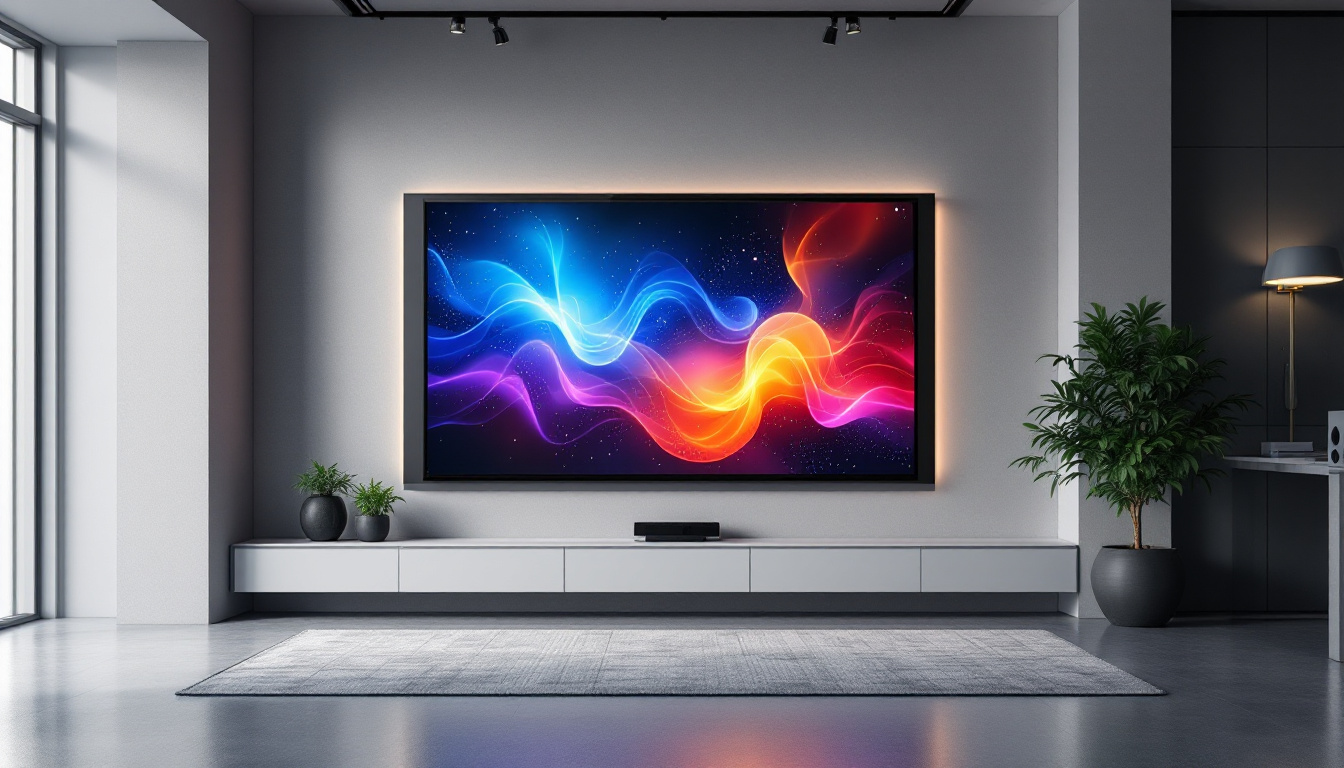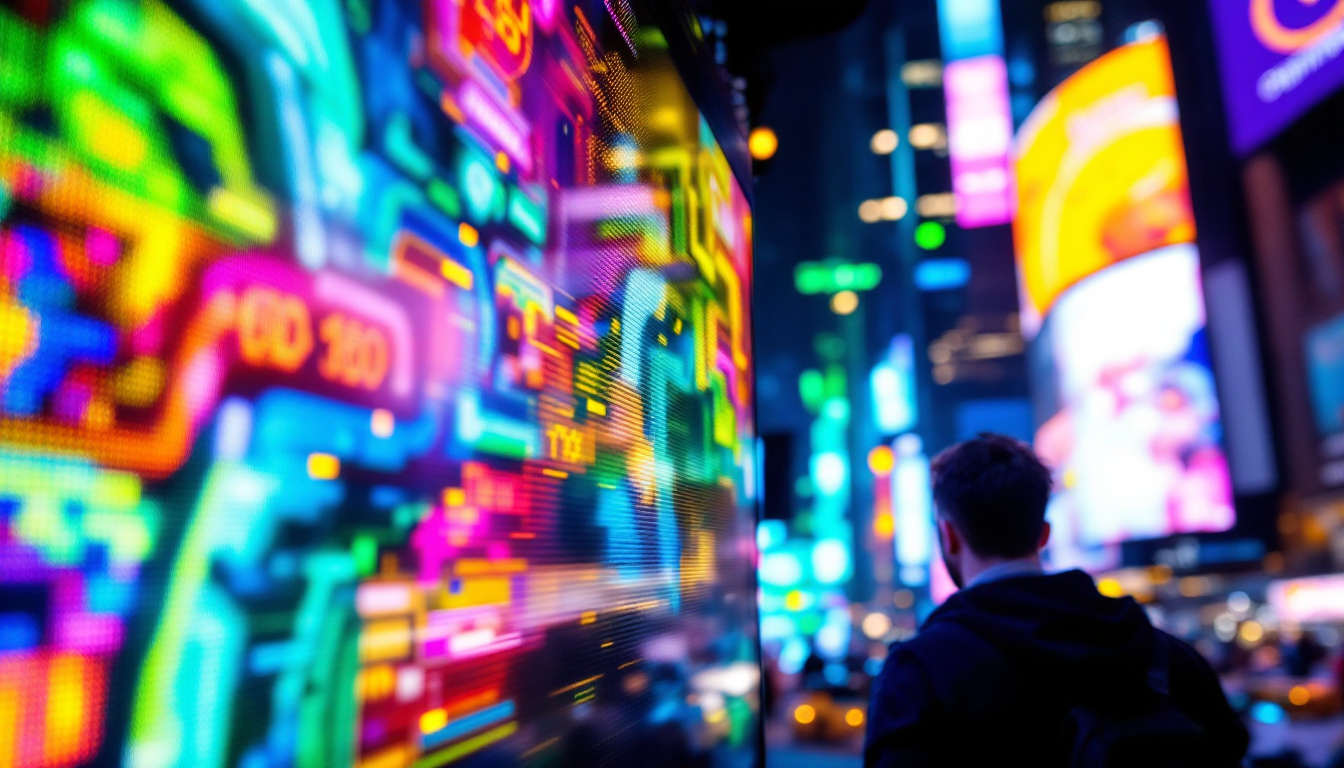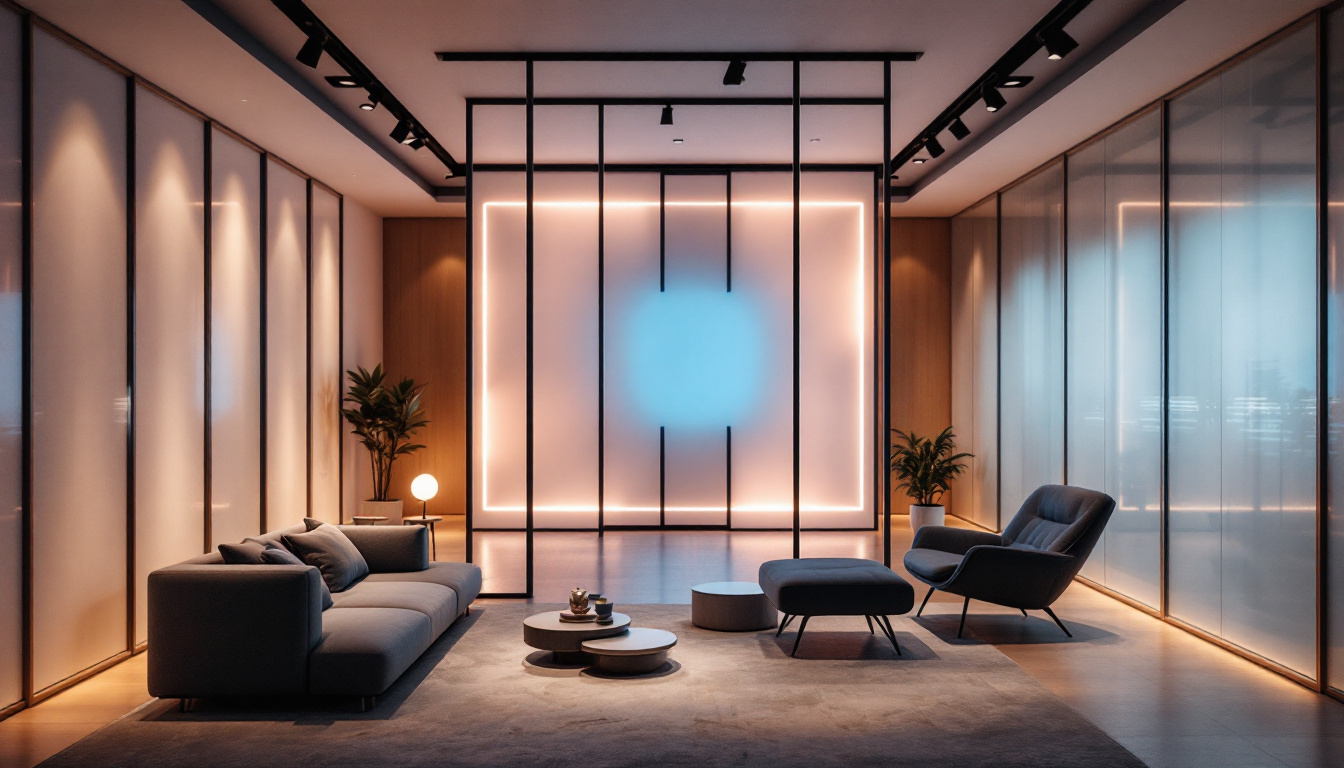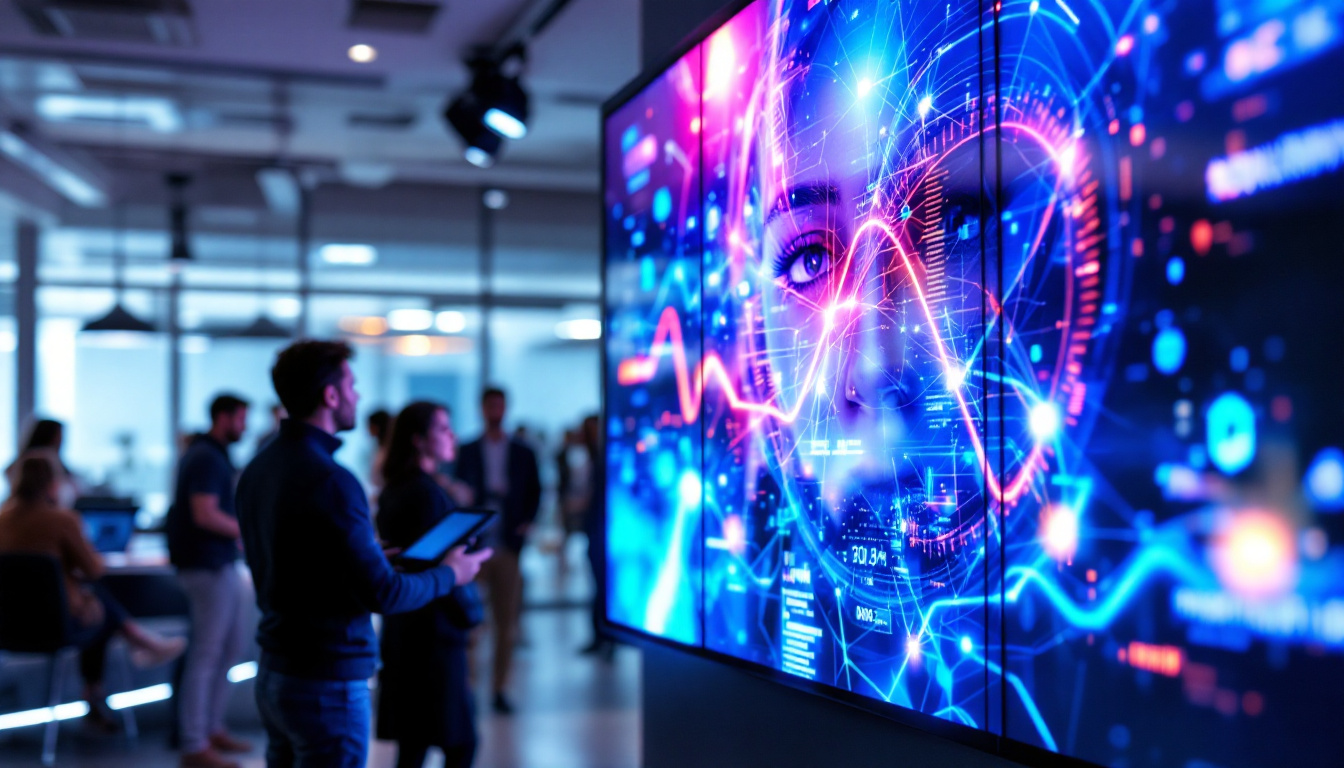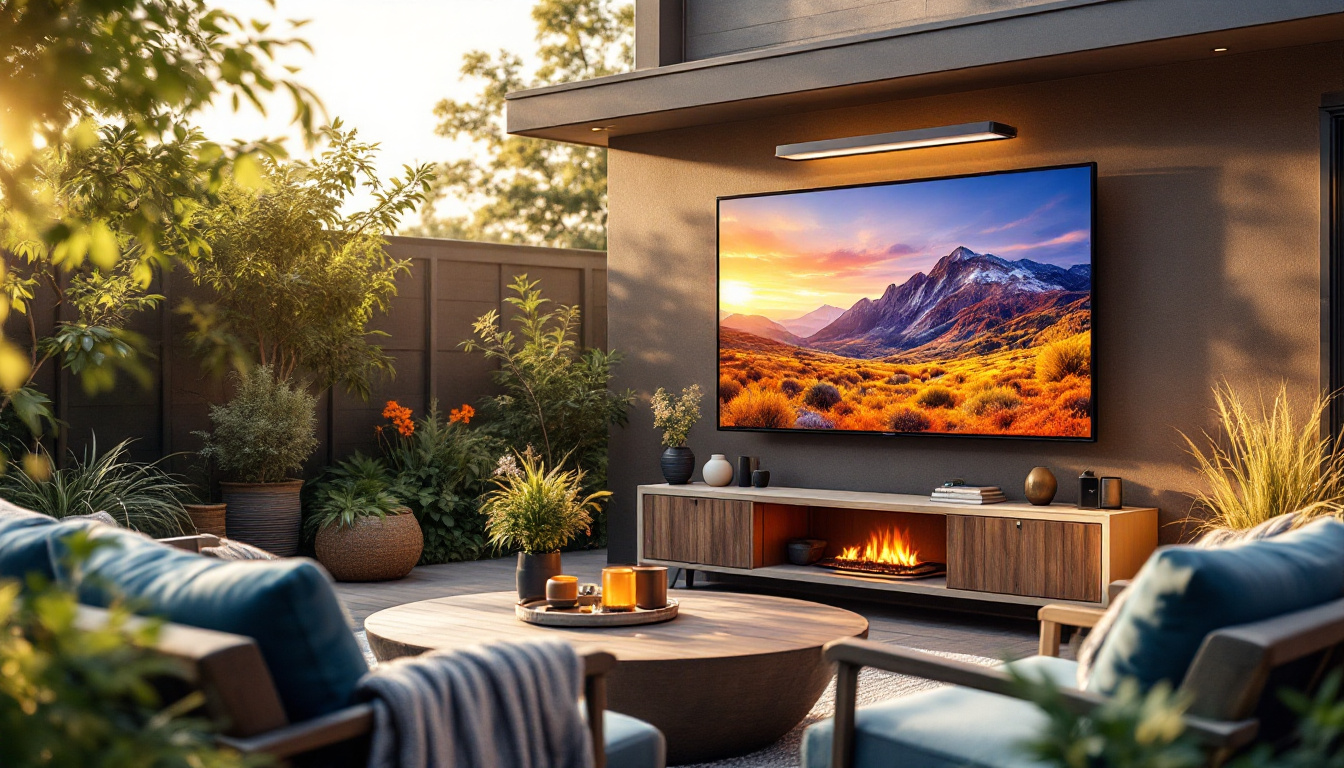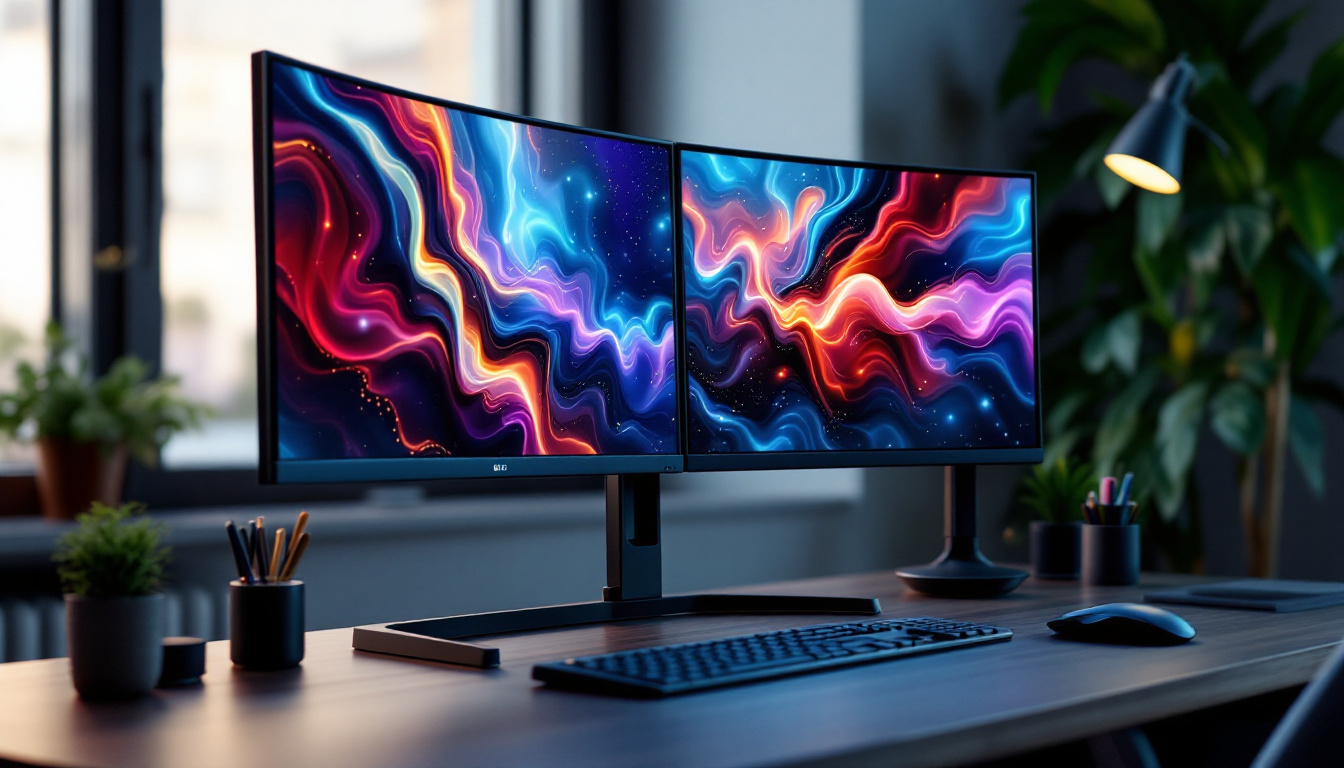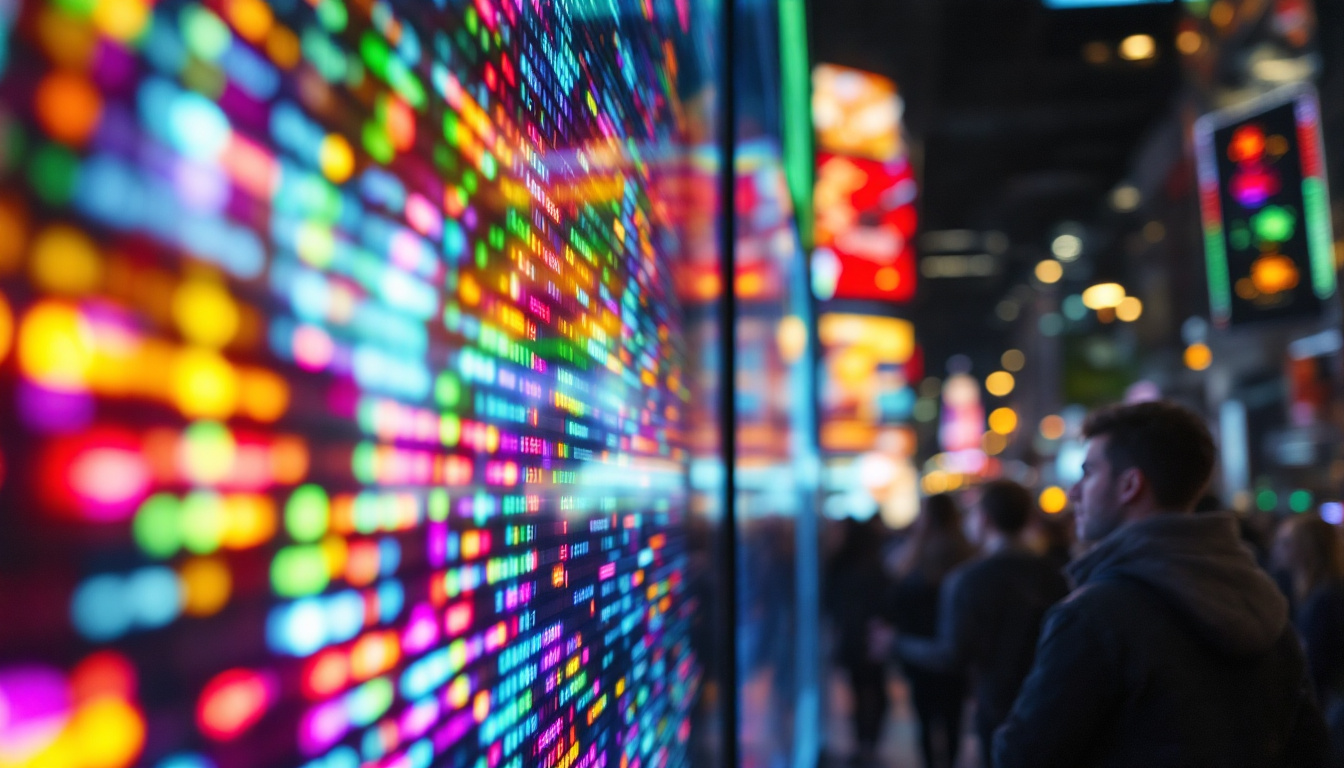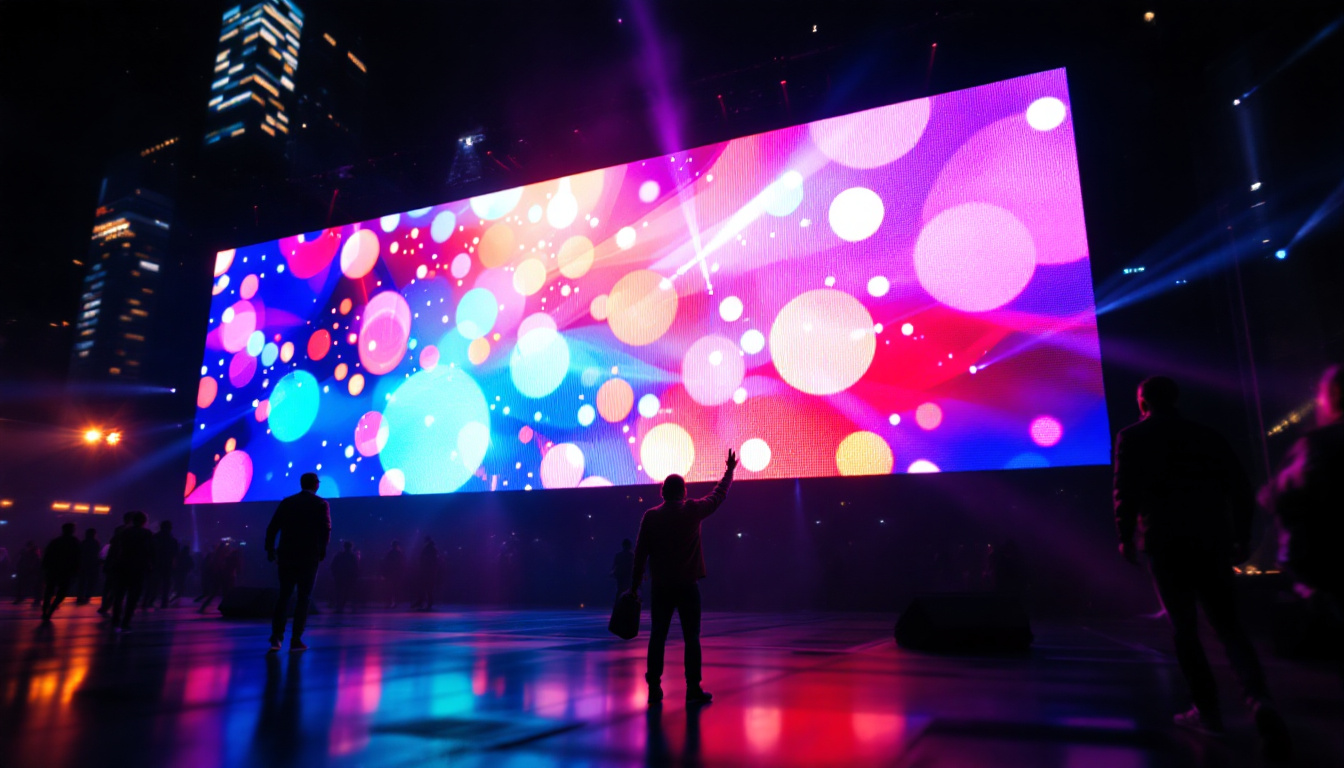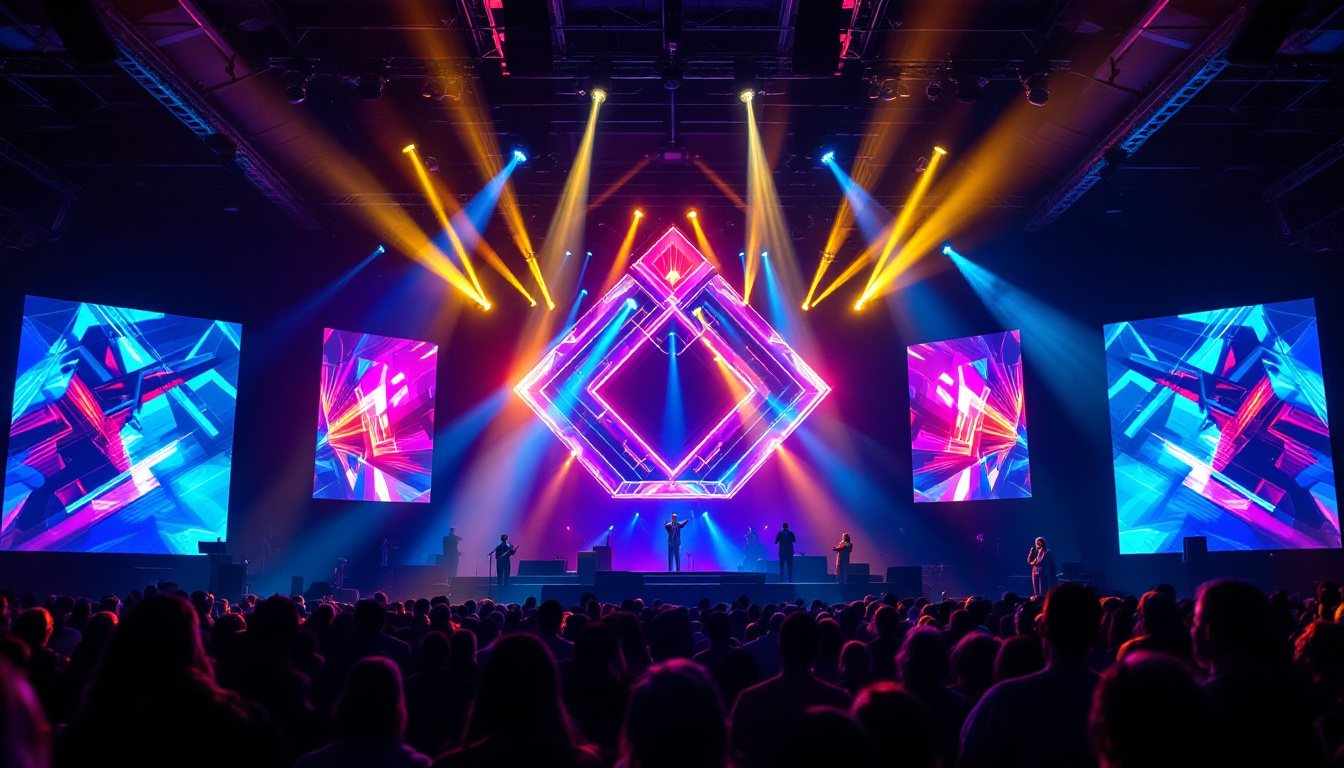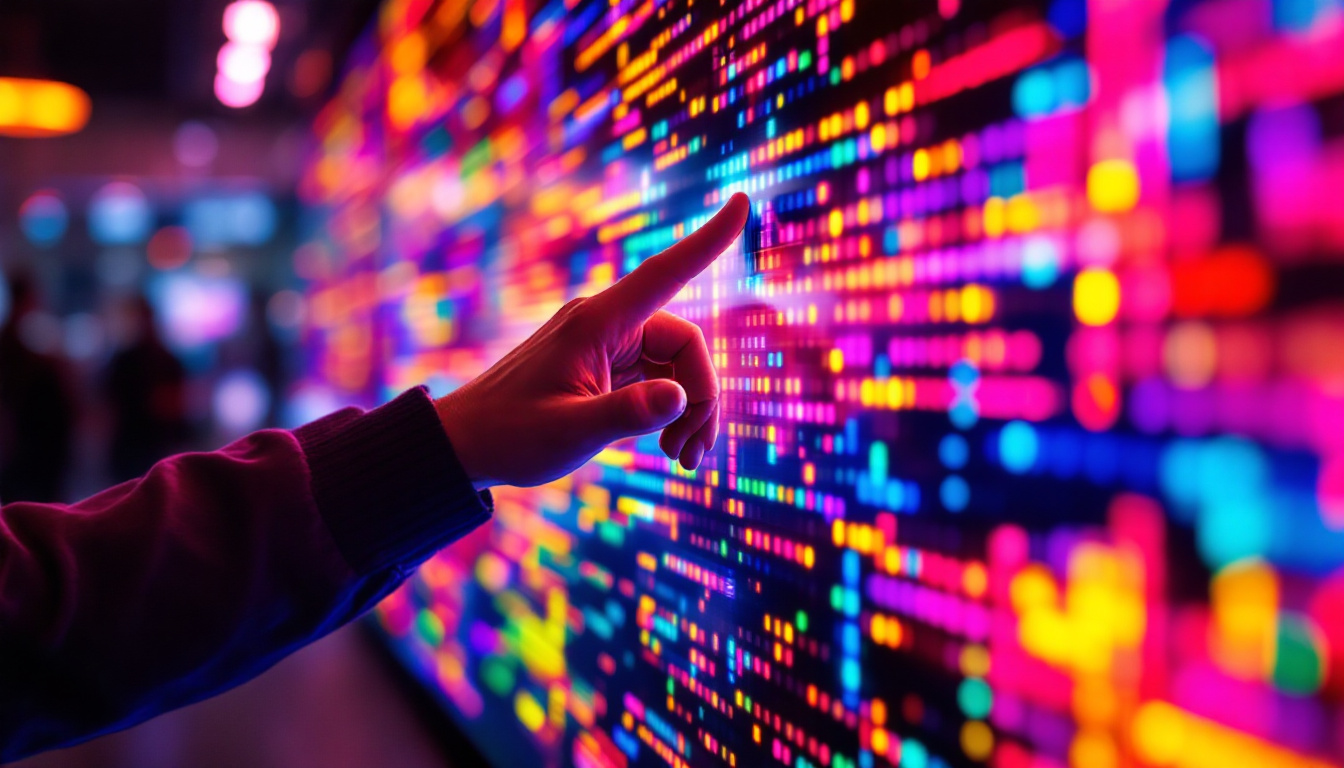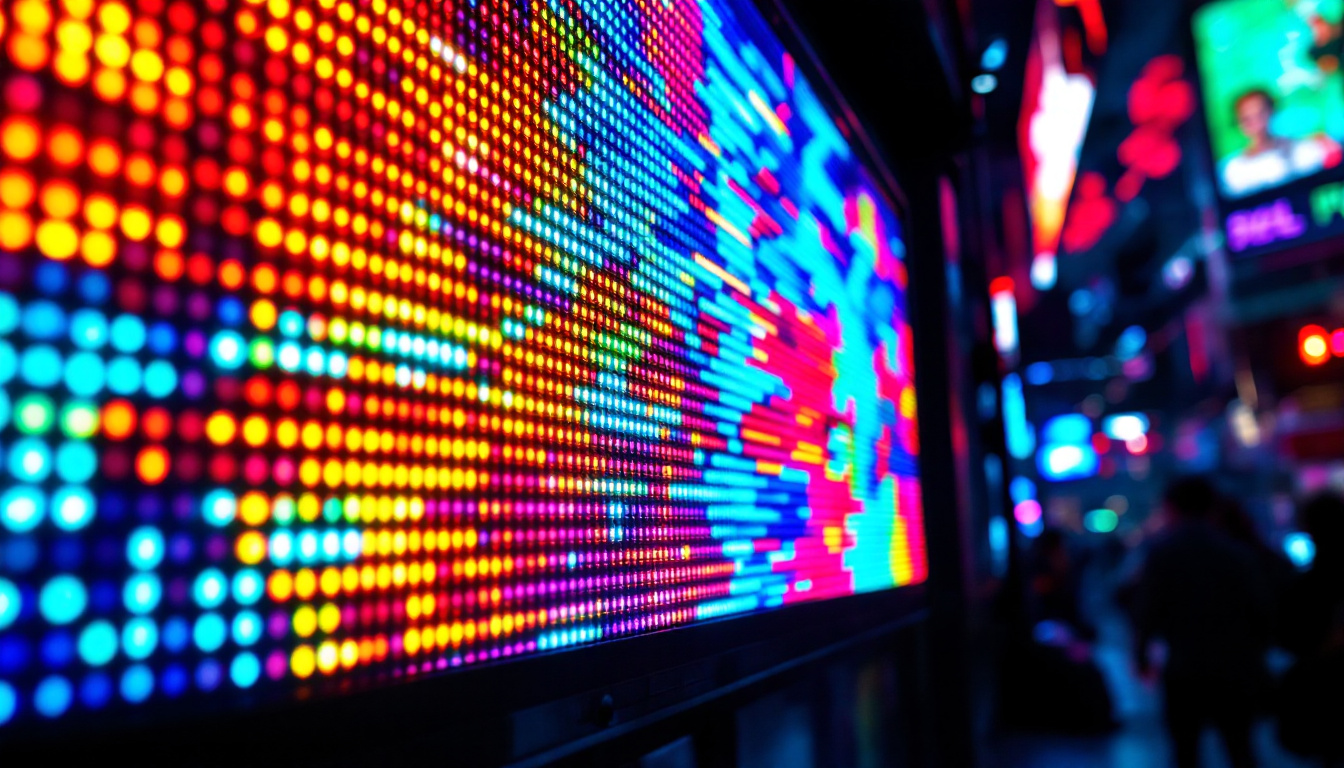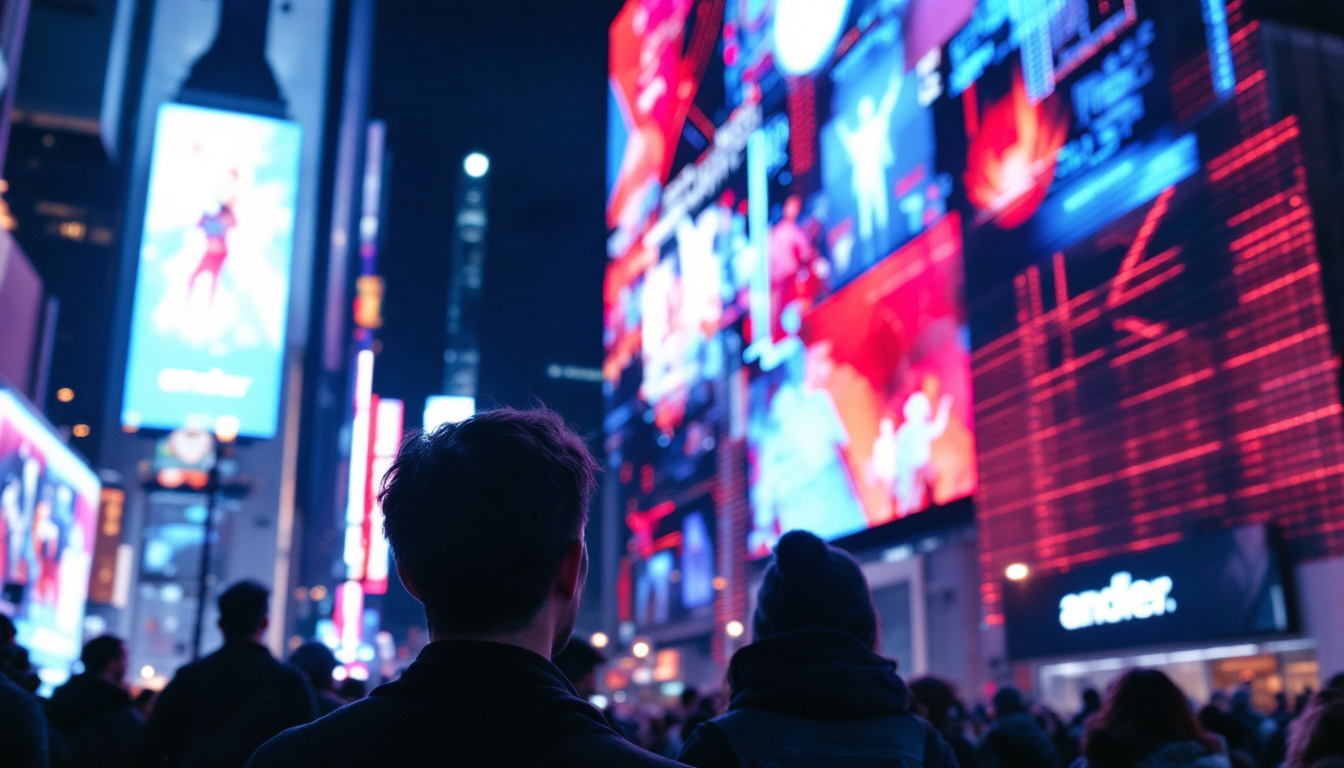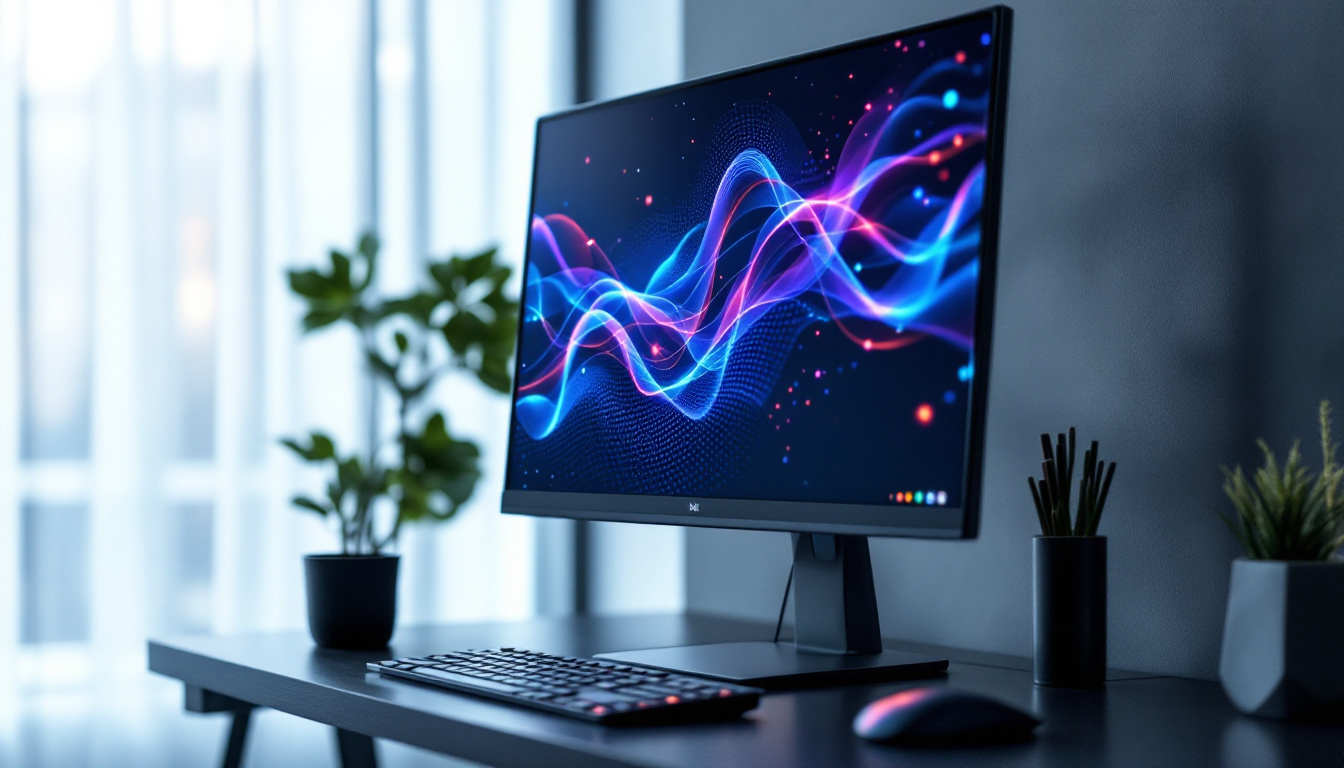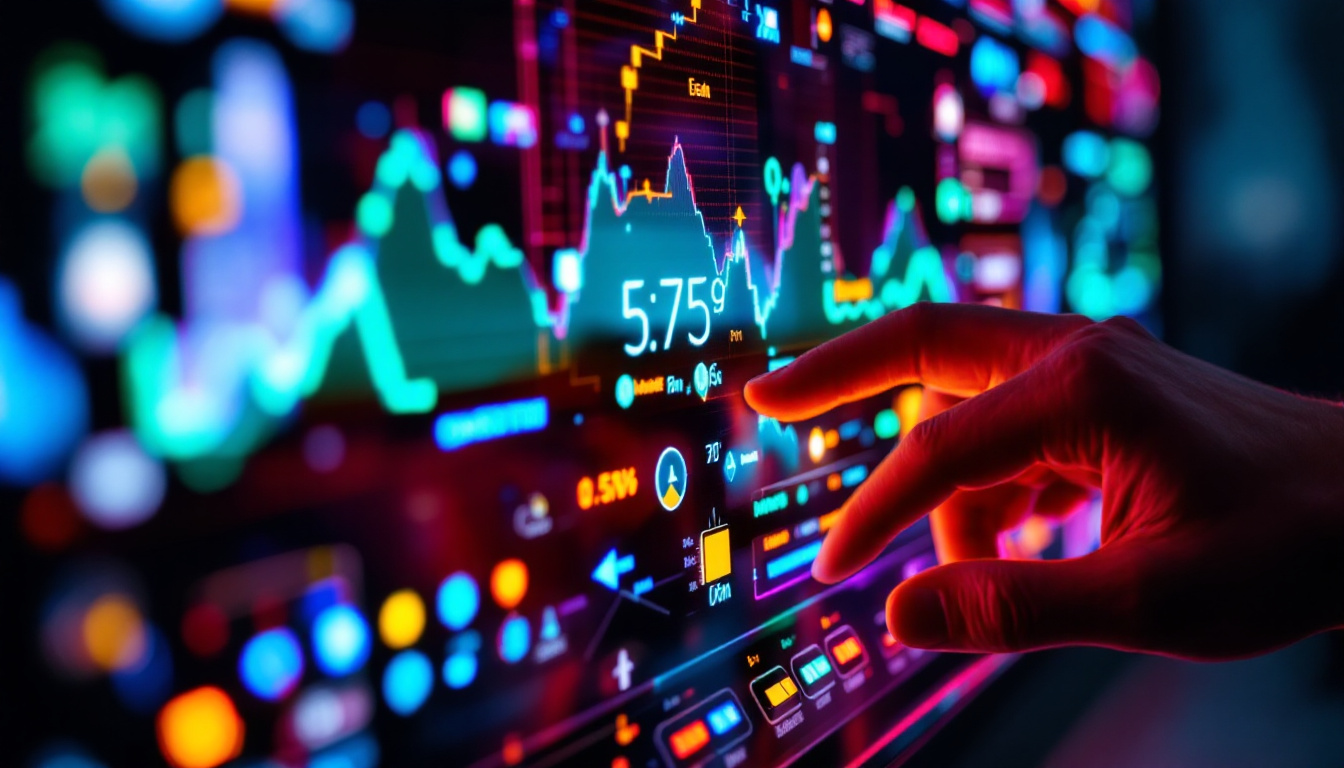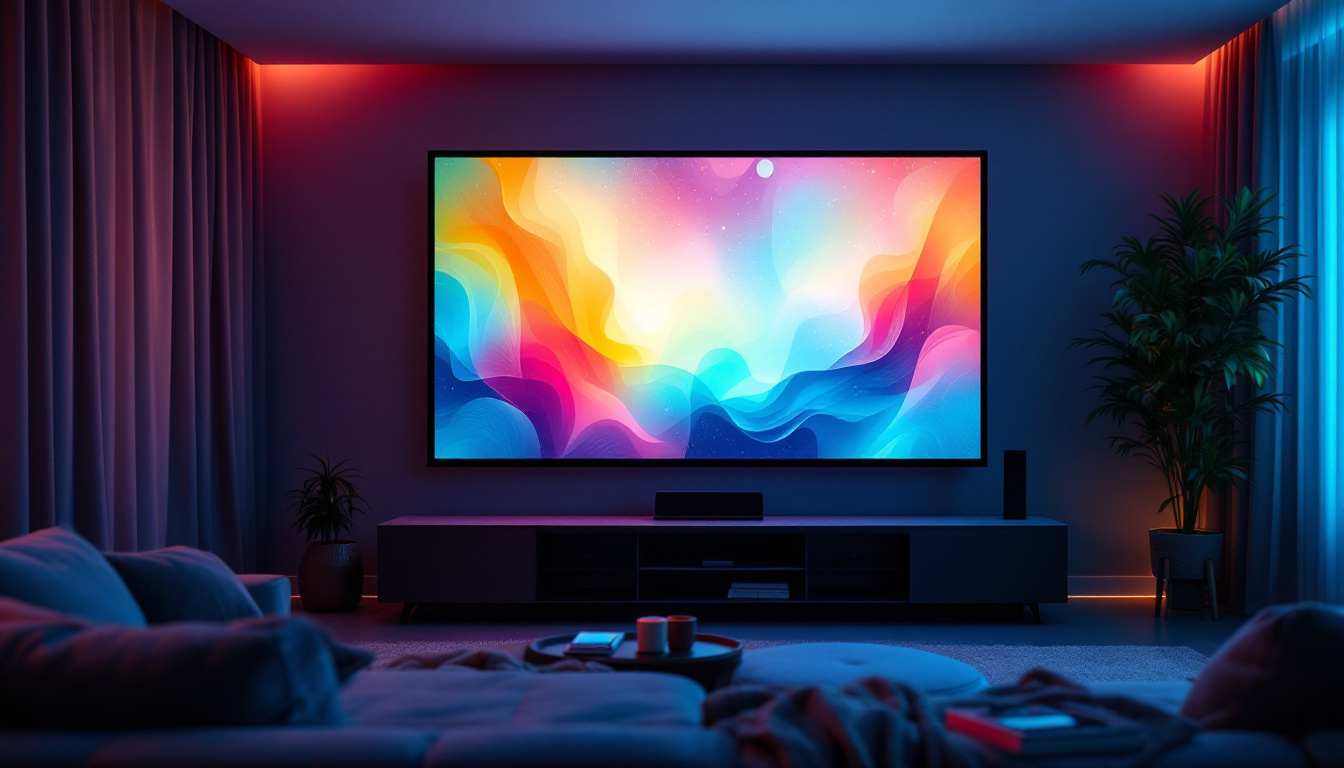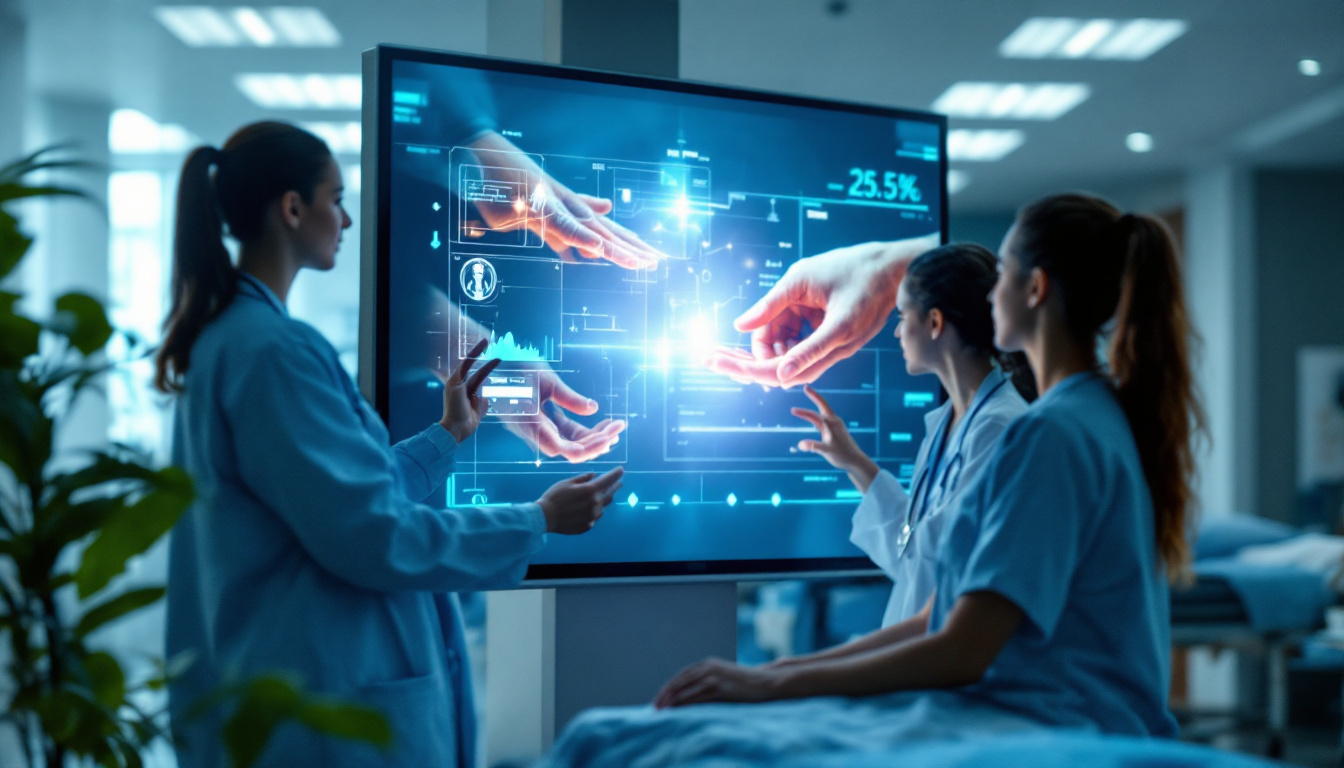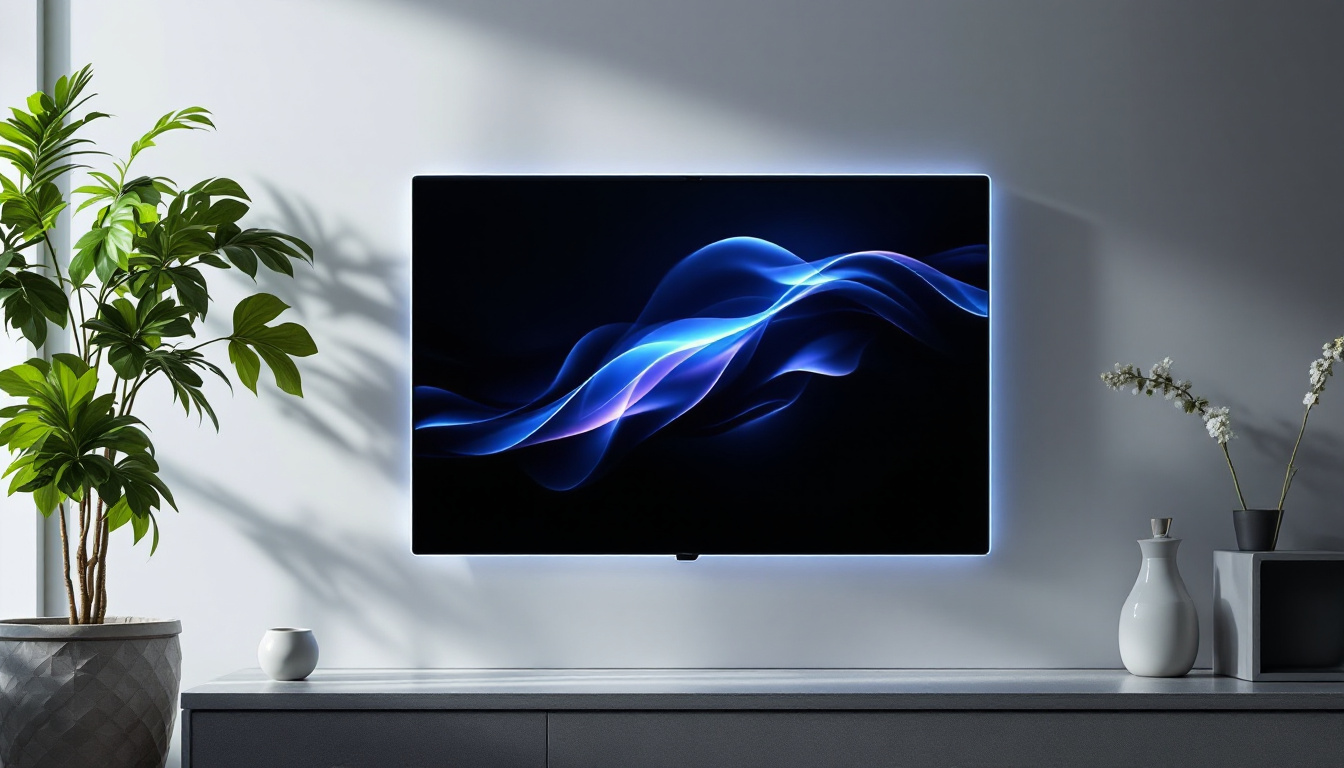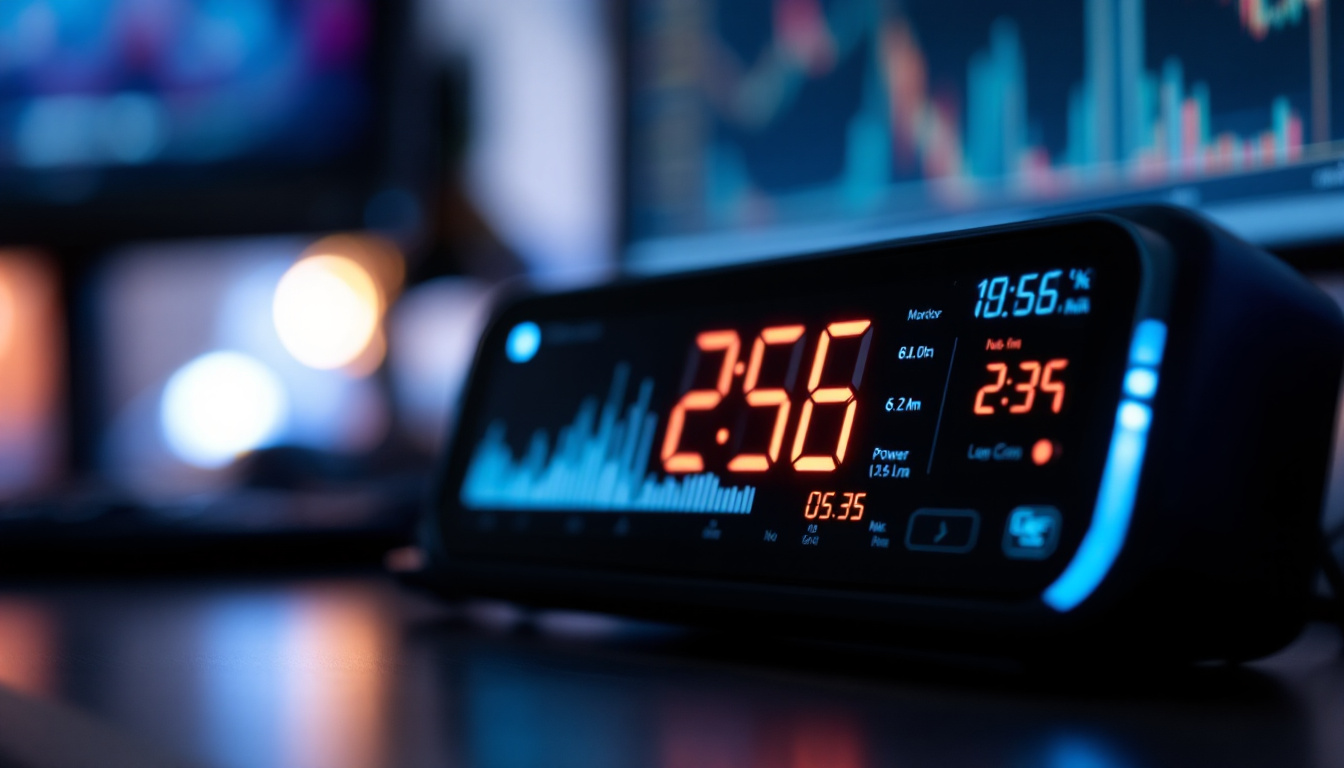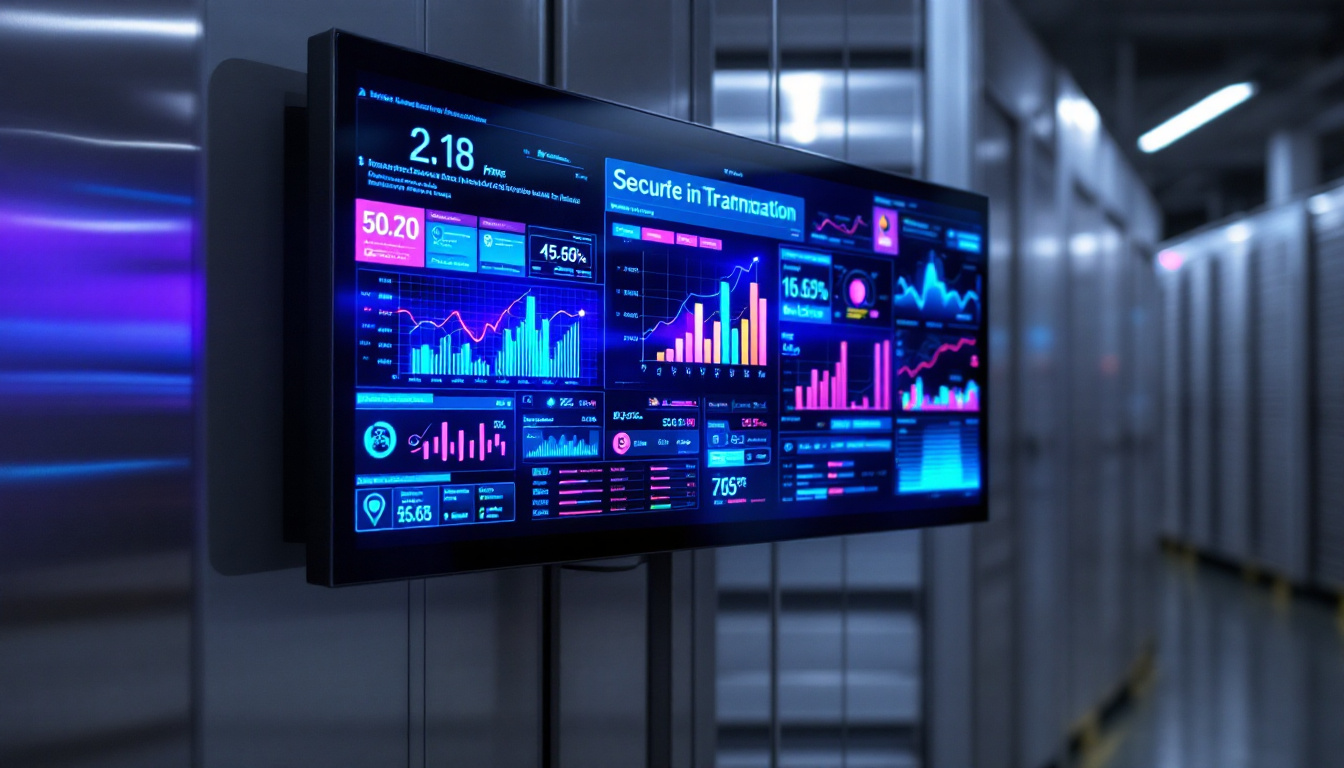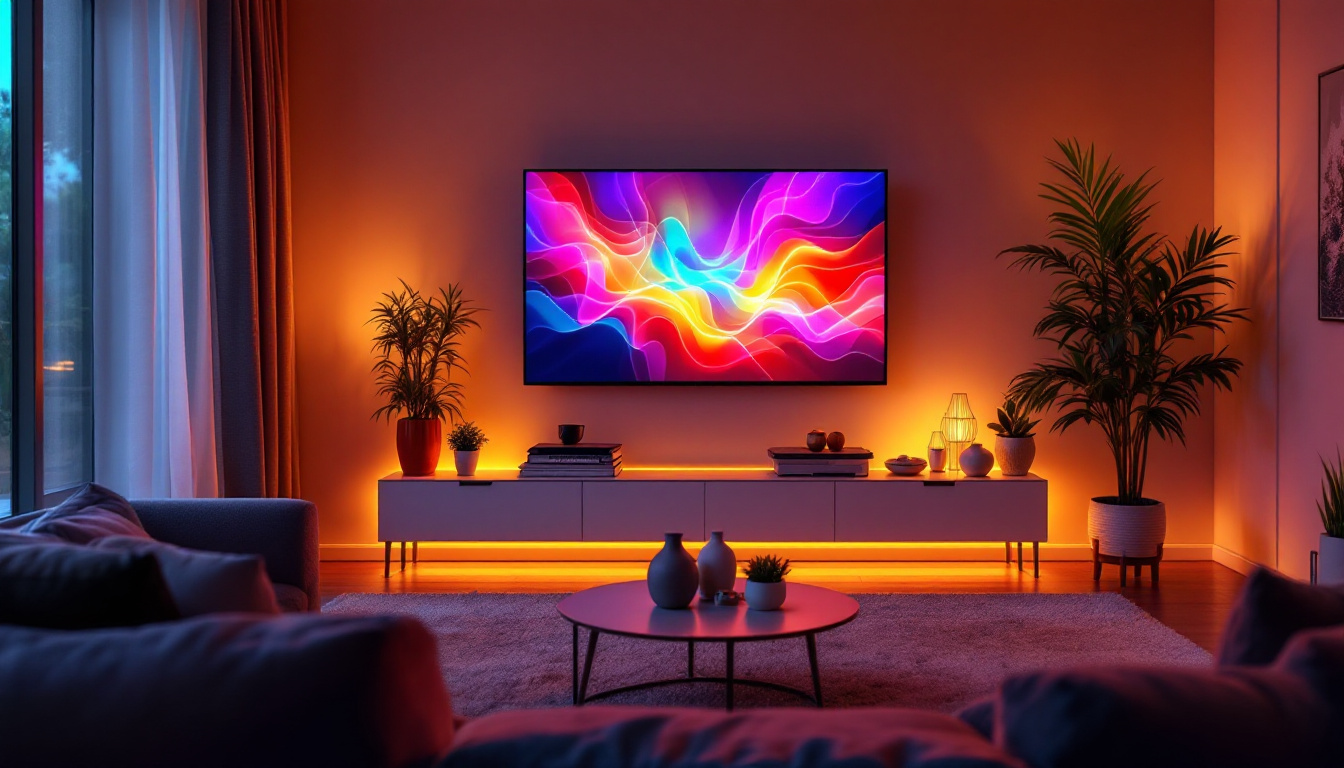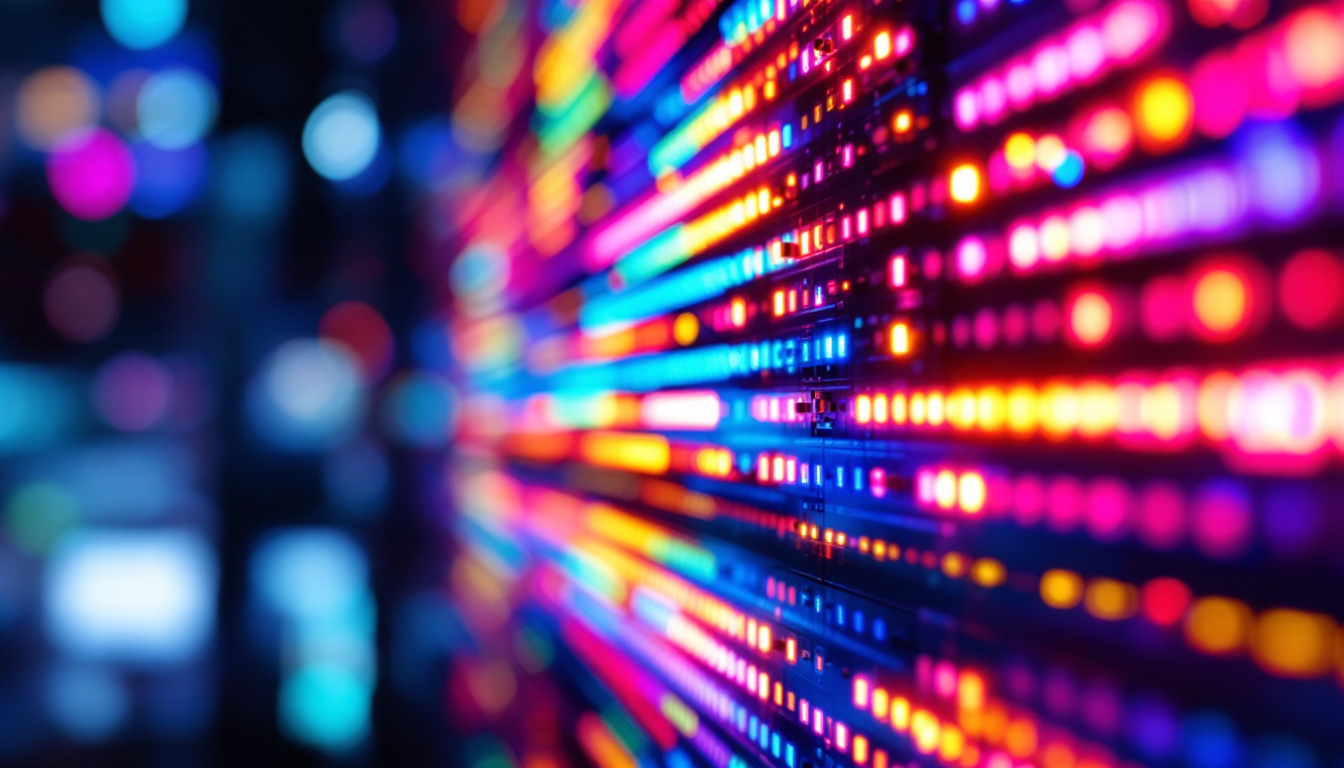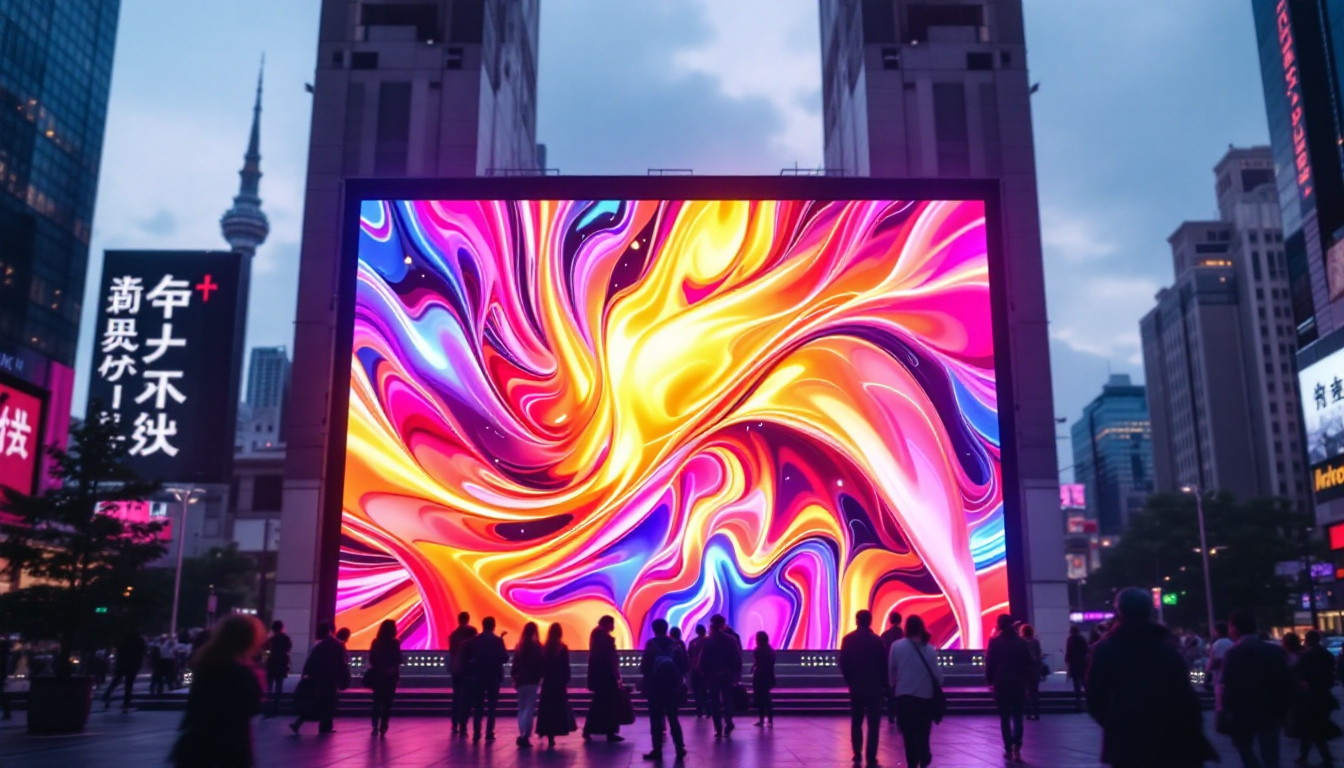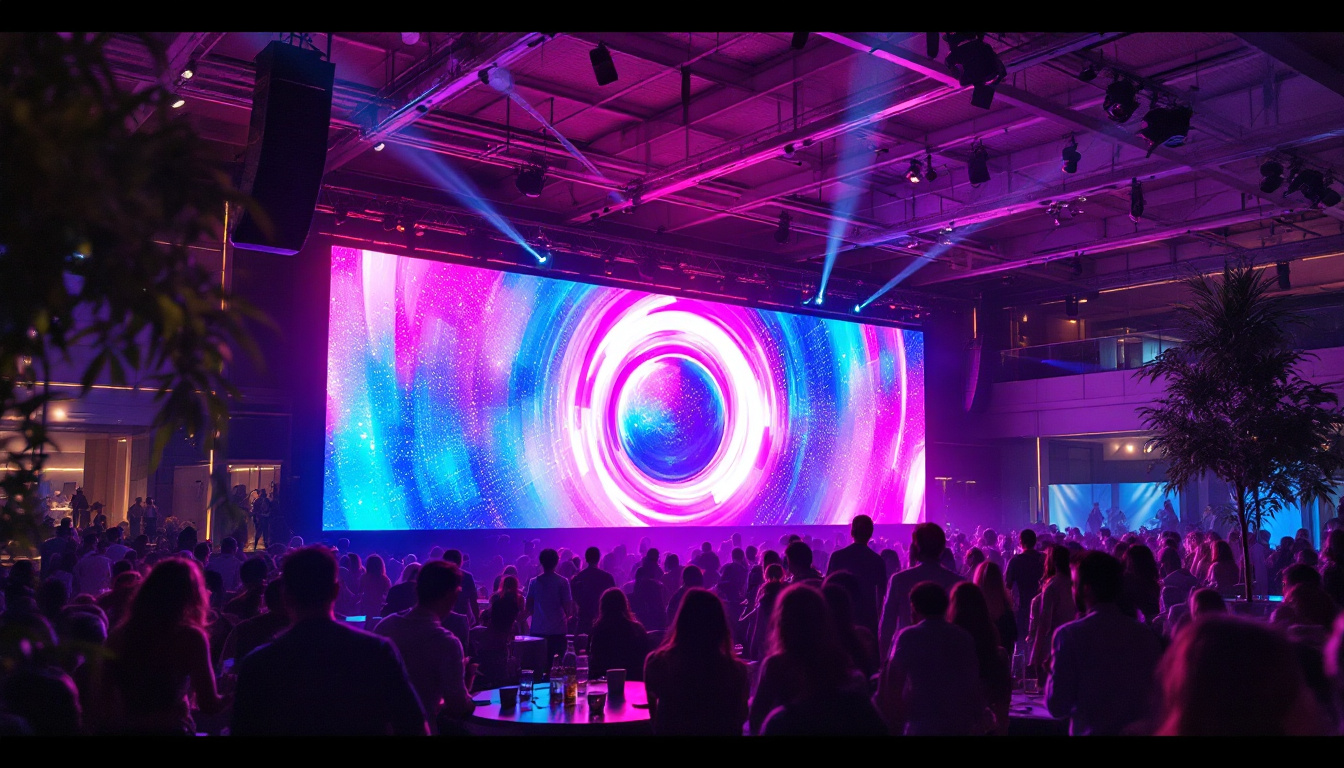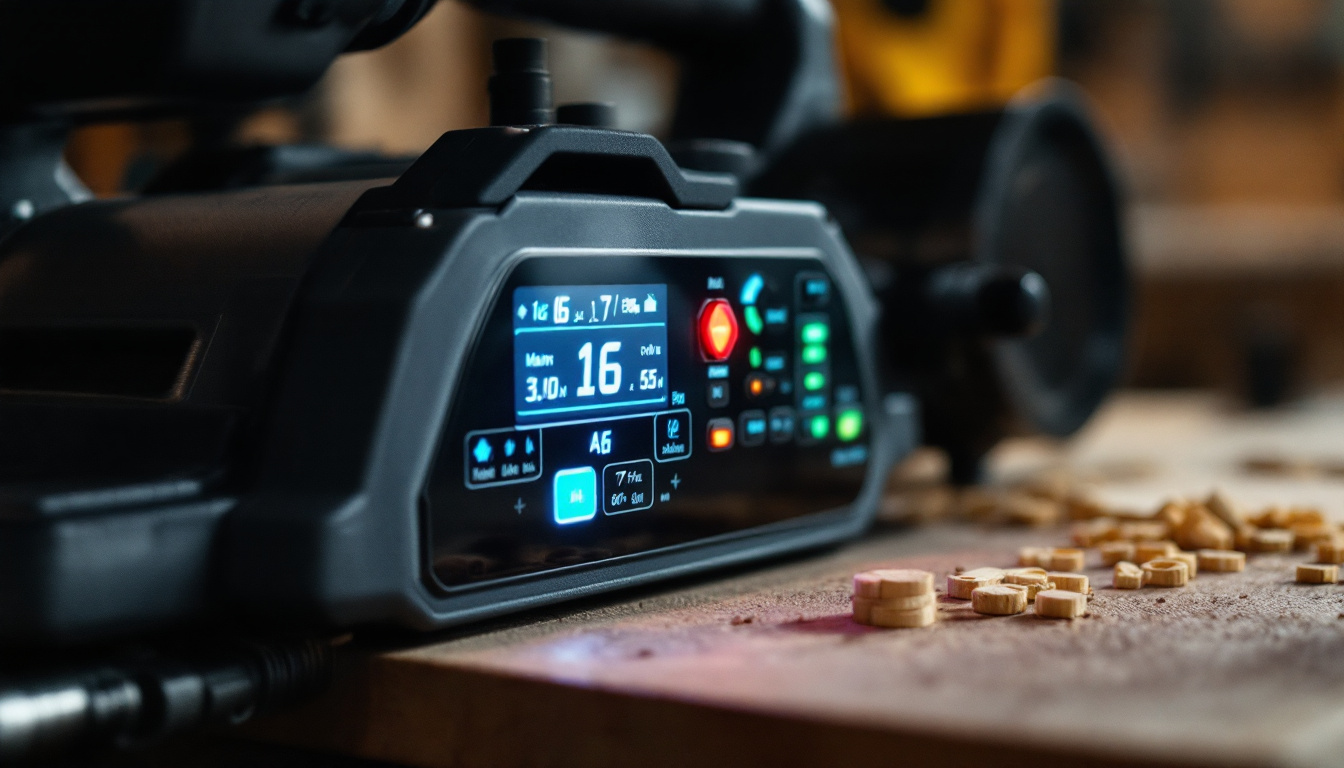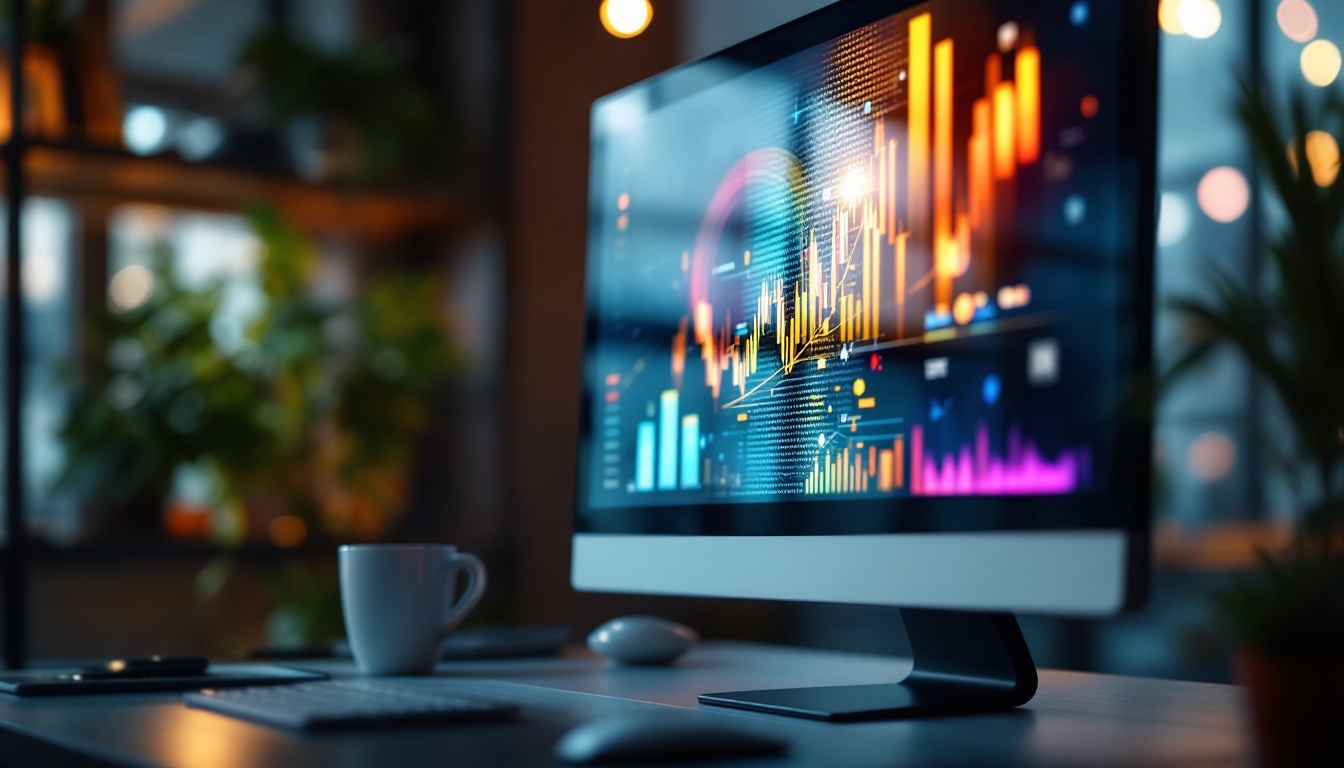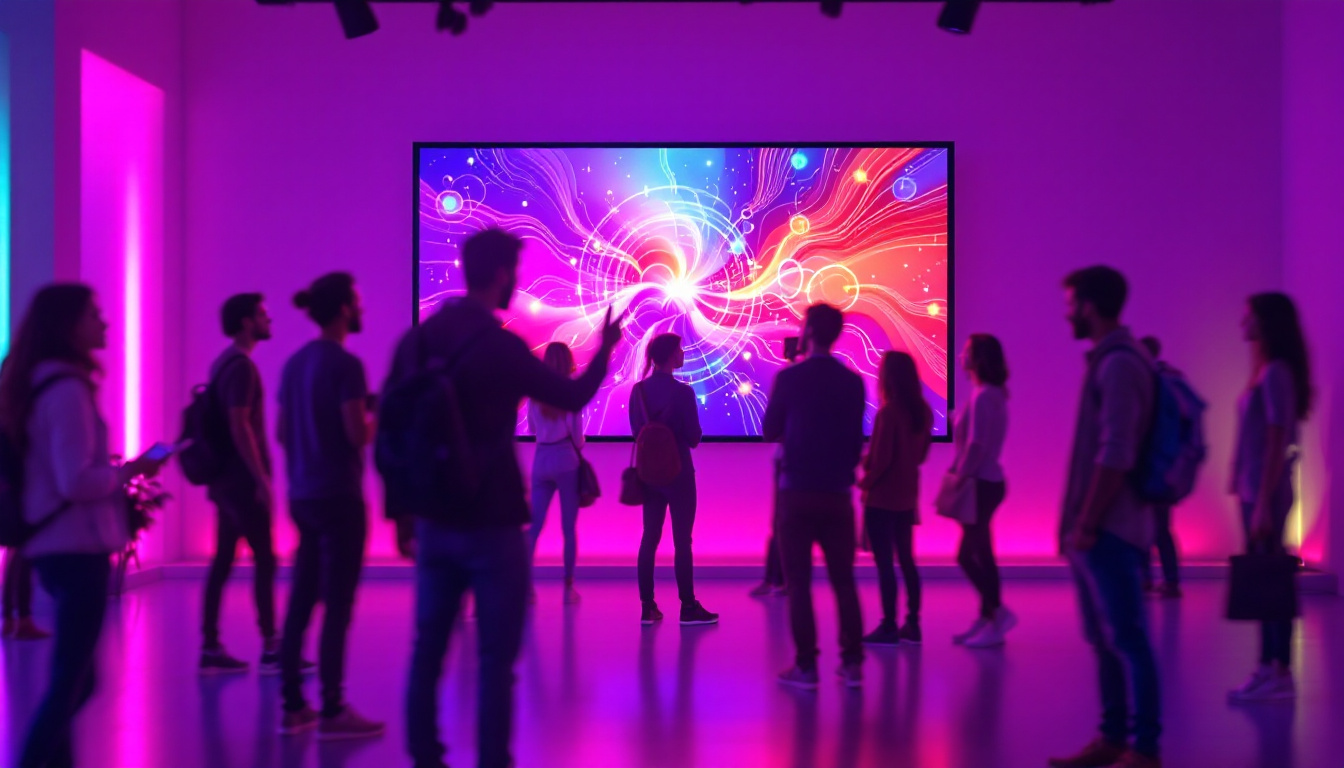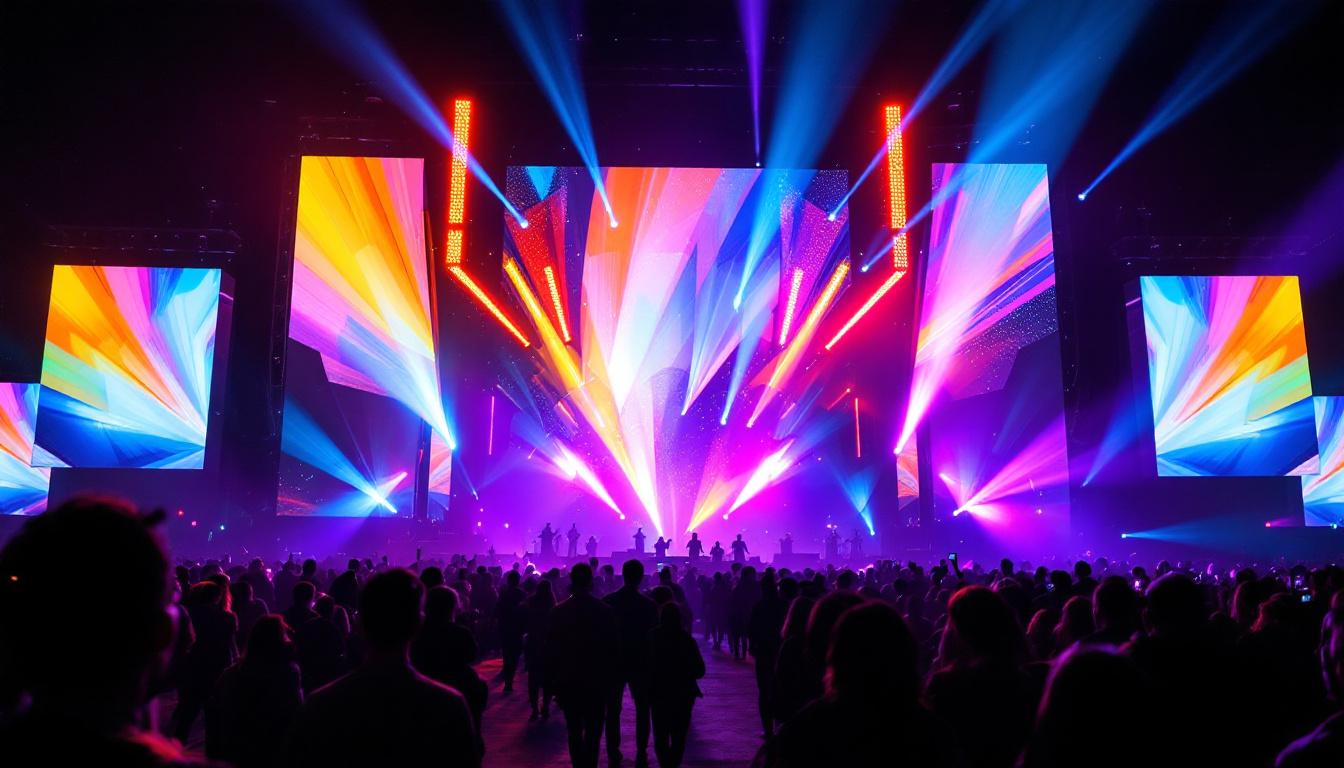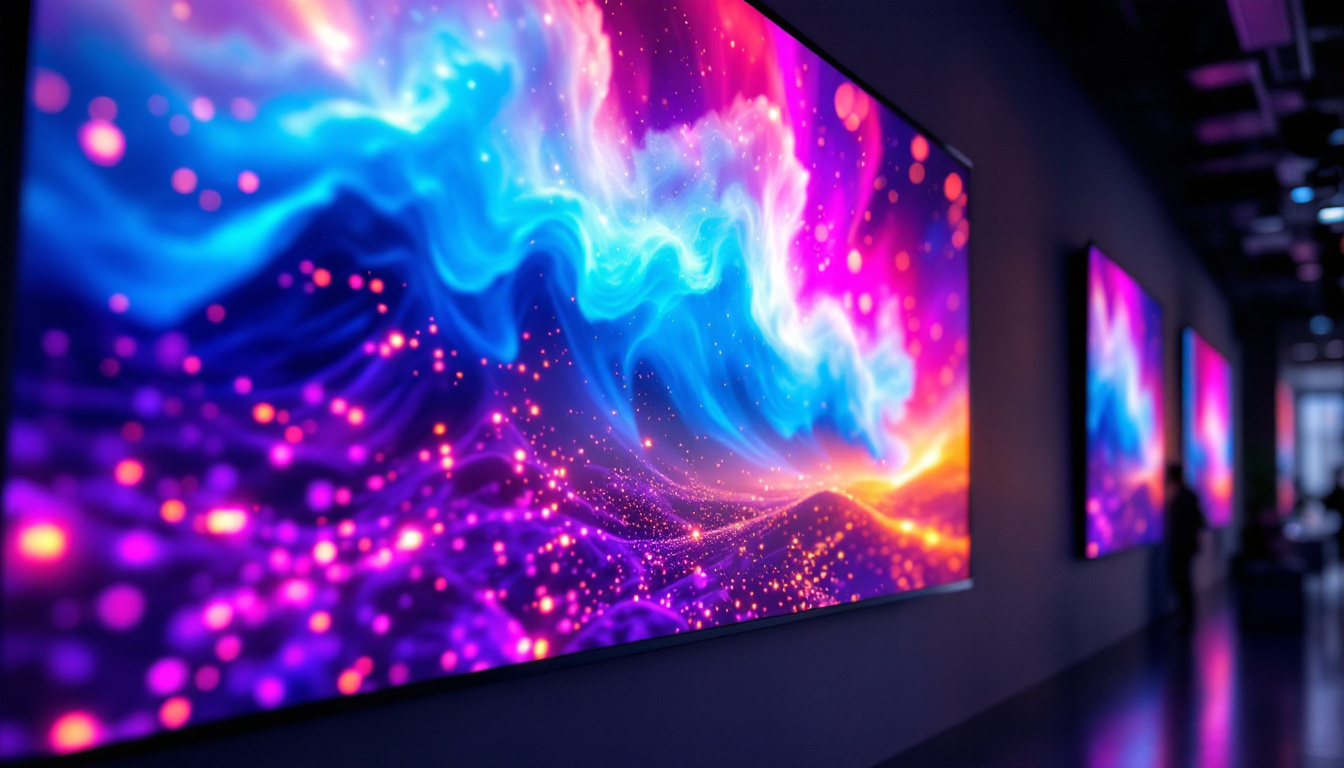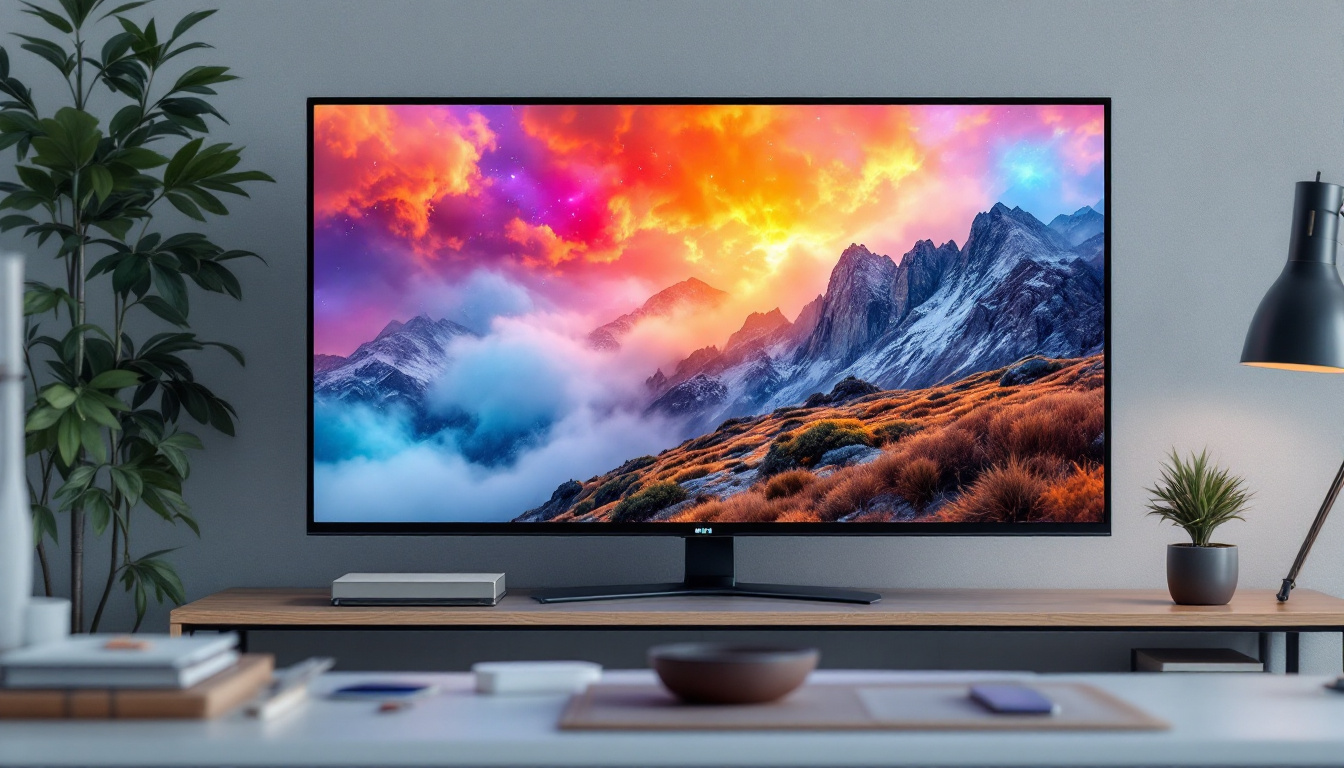In today’s fast-paced digital world, visual communication has become paramount for businesses and organizations. One of the most effective ways to engage audiences is through LED displays. These vibrant screens can transform any space, making them an essential tool for marketing, information dissemination, and entertainment. This article delves into the Wall Designer Tool, a powerful resource for creating and customizing LED displays, and explores its features, benefits, and applications.
Understanding LED Displays
LED displays, or Light Emitting Diode displays, are a form of digital signage that utilizes LED technology to produce bright, colorful images and videos. Unlike traditional displays, LED screens are known for their energy efficiency, longevity, and versatility. Their ability to deliver high-quality visuals in various settings has made them a popular choice for businesses and event organizers alike.
Types of LED Displays
There are several types of LED displays available, each designed for specific applications. The most common types include:
- Indoor LED Displays: These are typically used in environments such as shopping malls, conference rooms, and theaters. They offer high resolution and vibrant colors, making them ideal for close viewing. Indoor displays often feature advanced technologies such as pixel pitch optimization, which enhances image clarity and detail, ensuring that every visual message is communicated effectively.
- Outdoor LED Displays: Built to withstand various weather conditions, outdoor LED displays are used for billboards, stadiums, and public events. They are designed for high brightness and visibility from a distance. Many outdoor models incorporate protective features such as waterproof casings and anti-glare surfaces, allowing them to maintain performance even in direct sunlight or heavy rain.
- Transparent LED Displays: This innovative technology allows for the display of images and videos while maintaining visibility through the screen. They are often used in retail environments to create eye-catching displays without obstructing views. Transparent displays can also serve dual purposes, acting as both a marketing tool and a window, which can be particularly effective in urban settings where space is at a premium.
How LED Displays Work
LED displays consist of numerous tiny diodes that emit light when an electric current passes through them. These diodes are arranged in a grid format, allowing for the creation of images by varying the intensity of light emitted from each diode. The combination of red, green, and blue diodes enables the display of a wide spectrum of colors, enhancing the visual experience. Additionally, advancements in LED technology have led to the development of features such as dynamic brightness adjustment, which automatically calibrates the display’s brightness based on ambient light conditions, ensuring optimal viewing at all times.
Moreover, LED displays are increasingly being integrated with smart technology, allowing for real-time content updates and interactivity. This capability is particularly beneficial for advertising and promotional campaigns, where timely and relevant content can significantly enhance audience engagement. For instance, digital billboards can display different advertisements based on the time of day or current weather conditions, making them not only more effective but also more efficient in reaching target audiences.
The Wall Designer Tool: An Overview
The Wall Designer Tool is an innovative software application that simplifies the process of designing and configuring LED displays. It allows users to create custom layouts, select display types, and visualize the final product before installation.
Key Features of the Wall Designer Tool
This tool offers a range of features that make it user-friendly and efficient:
- Custom Layout Creation: Users can design their LED display layouts by dragging and dropping elements, adjusting sizes, and configuring pixel pitches to meet specific requirements.
- Real-Time Visualization: The tool provides a 3D rendering of the display, allowing users to see how their design will look in a real-world setting.
- Integration Capabilities: The Wall Designer Tool can integrate with various content management systems, enabling seamless updates and content scheduling.
User-Friendly Interface
The Wall Designer Tool is designed with the user in mind. Its intuitive interface allows even those with minimal technical skills to navigate and create stunning LED displays. Step-by-step tutorials and help sections further enhance the user experience, making it accessible to a broader audience.
Benefits of Using the Wall Designer Tool
Utilizing the Wall Designer Tool offers numerous advantages for businesses and organizations looking to implement LED displays. Here are some of the key benefits:
Cost-Effectiveness
By allowing users to design their displays digitally, the Wall Designer Tool reduces the need for costly revisions during the installation process. Users can experiment with different layouts and configurations without incurring additional expenses, ensuring that the final design meets their expectations.
Enhanced Collaboration
The tool facilitates collaboration among team members by allowing multiple users to access and edit designs simultaneously. This feature is particularly beneficial for larger projects, where input from various stakeholders is essential. Teams can share ideas and feedback in real-time, streamlining the design process.
Time Efficiency
With its user-friendly interface and real-time visualization capabilities, the Wall Designer Tool significantly reduces the time required to create and finalize LED display designs. Users can quickly iterate on their designs, ensuring that projects stay on schedule.
Applications of LED Displays
LED displays have a wide range of applications across various industries. Their versatility allows them to be used in numerous settings, from corporate environments to entertainment venues.
Corporate Environments
In corporate settings, LED displays are often used for presentations, digital signage, and branding. They can enhance communication during meetings by displaying data visualizations and multimedia content. Additionally, LED screens in lobbies or reception areas can showcase company information and achievements, leaving a lasting impression on visitors.
Retail and Advertising
Retailers leverage LED displays to attract customers and promote products. Dynamic advertisements can capture attention more effectively than static signage, leading to increased foot traffic and sales. Furthermore, transparent LED displays can create engaging storefronts that entice passersby without obstructing visibility into the store.
Entertainment and Events
In the entertainment industry, LED displays are a staple at concerts, festivals, and sporting events. They provide vibrant visuals that enhance the audience’s experience. From large-scale video walls to smaller displays for informational purposes, LED technology plays a crucial role in modern entertainment.
Designing with the Wall Designer Tool
Creating an LED display design using the Wall Designer Tool involves several steps. Understanding this process can help users maximize the tool’s potential.
Step 1: Define the Purpose
Before diving into the design process, it’s essential to define the purpose of the LED display. Is it meant for advertising, information dissemination, or entertainment? Understanding the display’s goal will guide the design choices, including content and layout.
Step 2: Choose the Display Type
Next, users must select the appropriate type of LED display based on their needs. Factors such as location, viewing distance, and environmental conditions should be considered. The Wall Designer Tool provides options for various display types, ensuring users can find the right fit for their project.
Step 3: Design the Layout
With the purpose and display type defined, users can begin designing their layout. The Wall Designer Tool allows for customization of dimensions, pixel pitch, and screen orientation. Users can experiment with different configurations until they find the ideal setup.
Best Practices for LED Display Design
To create effective LED display designs, certain best practices should be followed. These guidelines can help ensure that the final product is visually appealing and serves its intended purpose.
Keep it Simple
Cluttered displays can confuse viewers and dilute the message. It’s essential to keep designs simple and focused. Use clear fonts, concise messages, and high-quality images to convey information effectively.
Consider Viewing Distance
The viewing distance significantly impacts the design of an LED display. For displays viewed from a distance, larger text and images are necessary for visibility. Conversely, displays meant for close viewing can incorporate finer details and more intricate designs.
Use High-Quality Content
The quality of the content displayed on the LED screen is crucial. High-resolution images and videos enhance the overall look of the display and ensure that the message is communicated effectively. Investing in quality content can significantly improve viewer engagement.
Future Trends in LED Display Technology
The LED display industry is continually evolving, with new technologies and trends emerging regularly. Staying informed about these developments can help businesses leverage the latest advancements to enhance their visual communication strategies.
Advancements in Resolution
As technology progresses, LED displays are becoming increasingly high-resolution. This trend allows for sharper images and more detailed content, making displays more engaging and effective. Future advancements may lead to even higher pixel densities, providing viewers with an immersive experience.
Integration with Augmented Reality
Augmented reality (AR) is gaining traction across various industries, and its integration with LED displays is an exciting trend. Combining AR technology with LED screens can create interactive experiences that captivate audiences and enhance engagement.
Sustainability Initiatives
As environmental concerns continue to grow, the LED display industry is focusing on sustainability. Manufacturers are exploring eco-friendly materials and energy-efficient technologies to reduce their carbon footprint. This shift not only benefits the environment but also appeals to consumers who prioritize sustainability.
Conclusion
The Wall Designer Tool is a game-changer for businesses and organizations looking to harness the power of LED displays. Its user-friendly interface, customizable features, and real-time visualization capabilities make it an invaluable resource for creating stunning visual experiences. By understanding the various applications and best practices for LED display design, users can effectively engage their audiences and enhance their communication strategies.
As technology continues to evolve, staying informed about emerging trends will be crucial for maximizing the potential of LED displays. Whether for corporate environments, retail spaces, or entertainment venues, the future of visual communication is bright, and LED displays will undoubtedly play a significant role in shaping it.
Discover LumenMatrix’s Innovative LED Solutions
Ready to elevate your space with cutting-edge LED display technology? Look no further than LumenMatrix, a pioneer in creating dynamic and immersive visual experiences. From vibrant Indoor LED Walls to robust Outdoor displays, and from sleek LED Posters to interactive Floor LED Displays, LumenMatrix offers a comprehensive range of solutions tailored to your unique needs. Embrace the future of visual communication with our Custom, All-in-One, and Transparent LED Displays, designed to captivate your audience and amplify your message. Check out LumenMatrix LED Display Solutions today and transform your visual storytelling into an unforgettable experience.

